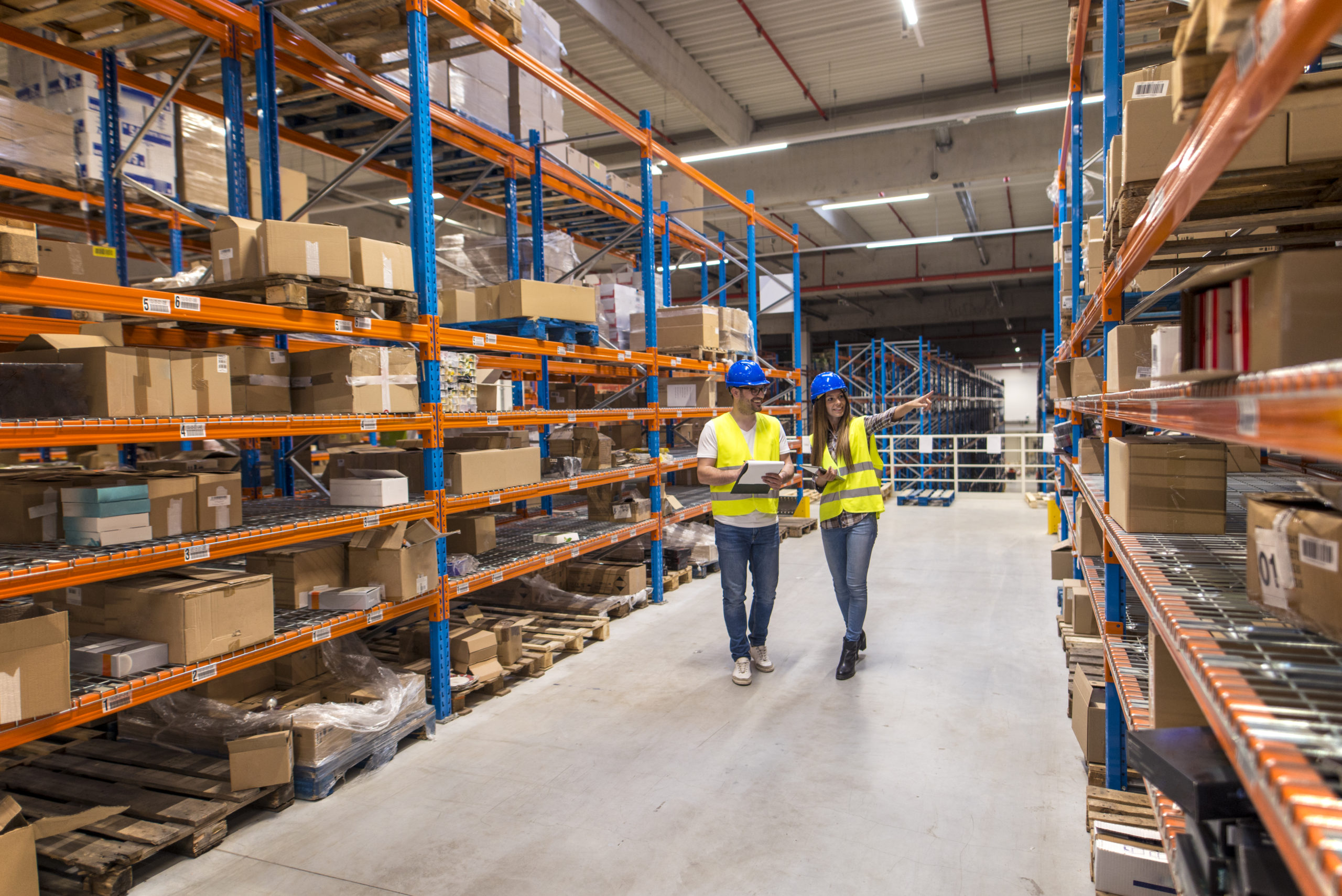In today’s fast-paced and competitive business environment, logistics companies are constantly searching for ways to improve efficiency and reduce shipping costs. One area where significant improvements can be made is lumper services, which can significantly impact logistics operations.
Lumper services are a crucial part of logistics operations, providing services such as unloading, sorting, and stacking products. However, inefficiencies in lumper services can lead to significant shipping costs, delays, and reduced productivity. In this article, we will explore some ways to improve lumper efficiency and reduce shipping costs.
Invest in Training and Safety Measures
Investing in training and safety measures is the first step in improving lumper efficiency. Lumper services can be physically demanding and dangerous work, and proper training and safety measures are critical to reducing accidents and injuries.
By providing proper training, such as safe lifting techniques and best practices for working in confined spaces, lumpers can work more efficiently and effectively. Additionally, investing in safety measures, such as providing safety equipment like gloves and hard hats, can help to minimize injuries and reduce lost productivity.
Use Technology to Streamline Processes
Another way to improve lumper efficiency is by using technology to streamline processes. With advancements in technology, many tools are now available that can help automate and optimize lumper services.
For example, businesses can utilize automated shipping software to track and manage delivery updates, as well as to generate quotes and monitor carrier performance. This can reduce costs associated with manually managing information and paperwork.
Implement Performance Metrics
Implementing performance metrics is another effective way to improve lumper efficiency. By measuring performance, logistics managers can identify areas for improvement and implement targeted solutions to improve overall efficiency.
Performance metrics can include:
- Things like the time it takes to complete a task.
- The number of products processed per hour.
- The number of errors made during the process.
By tracking these metrics, managers can identify bottlenecks and inefficiencies and work to address them.
Optimize Staffing
Optimizing staffing is another important factor in improving lumper efficiency. Logistics managers can ensure that work is completed efficiently and on time by having the right number of lumpers available at the right time.
One way to optimize staffing is by using data analytics to predict peak demand times for lumper services. By analyzing historical data, managers can identify trends and patterns in demand and adjust staffing levels accordingly.
Additionally, implementing flexible schedules and cross-training lumpers in different areas can help to ensure that the right number of workers are available when needed.
Partner with Quality Lumper Service Providers
Businesses can also benefit from partnering with a third-party logistics provider. By taking advantage of a third-party provider’s expertise and resources, businesses can maximize their efficiency and reduce their shipping costs.
Third-party logistics providers often have access to discounted rates with carriers, as well as access to special tools and technology that can make the shipping process faster and more efficient.
When choosing a lumper service provider, it’s important to consider factors such as reputation, experience, and safety record. By choosing a provider that prioritizes safety and quality, logistics companies can ensure that their lumper services are being handled efficiently and effectively.
Evaluate and Improve Processes Regularly
Finally, logistics managers should regularly evaluate and improve their lumper processes to ensure ongoing efficiency and cost savings. By regularly reviewing processes and identifying areas for improvement, logistics managers can implement targeted solutions to optimize lumper services.
Regular evaluations can include things like reviewing performance metrics, analyzing customer feedback, and conducting internal audits. By using these tools, logistics managers can identify areas for improvement and work to implement solutions to improve overall efficiency.
By following these steps, businesses can significantly improve lumper efficiency and reduce shipping costs. Taking the time to optimize the shipping process and leveraging the right resources can lead to significant cost savings, as well as improved customer satisfaction.


